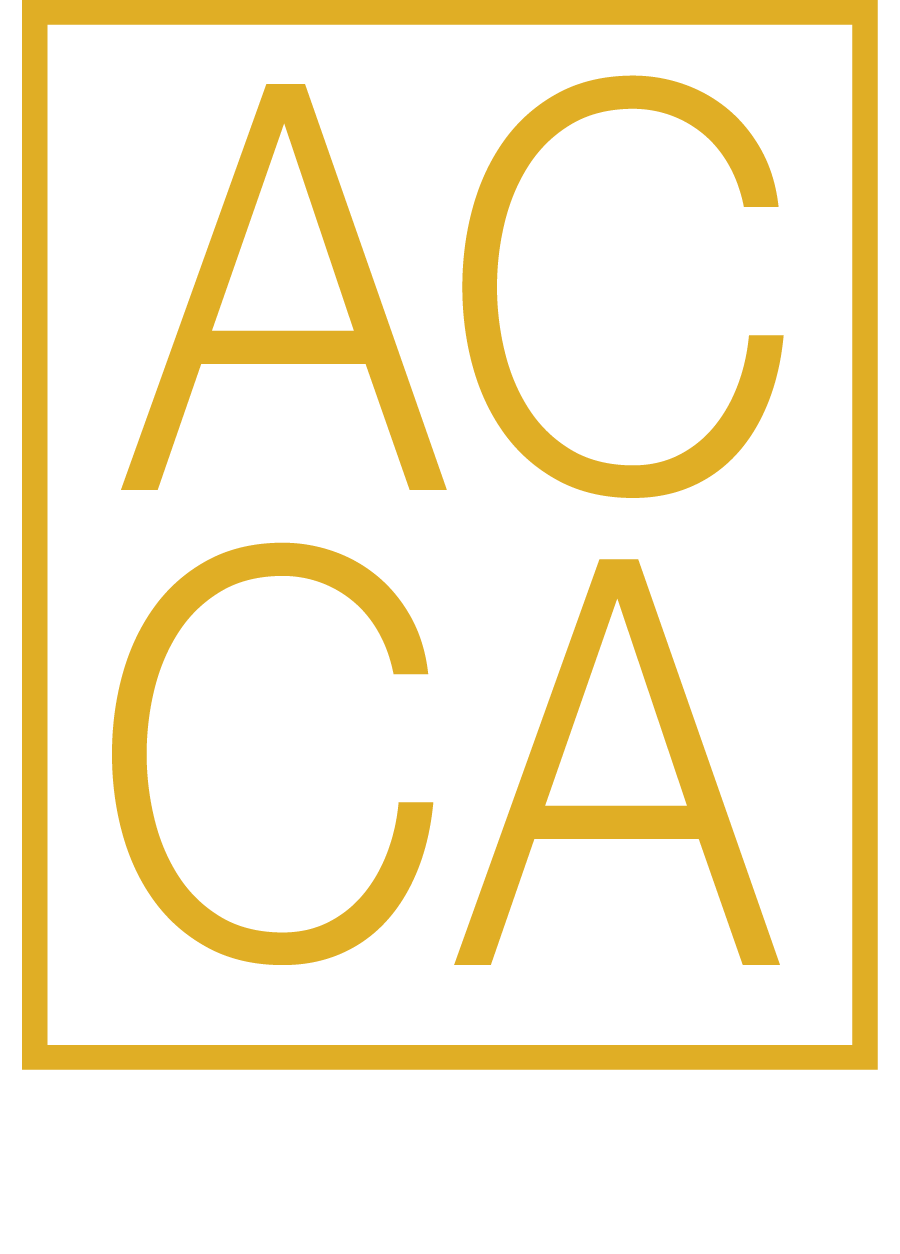Love I by John Kennedy
Love I by John Kennedy
“The interchange between male and female in all its complexity had always interested me as an artist. As an incurable romantic, I seek to capture the warmth and tender closeness, the caring and feeling as well as the joy and often the whimsical side of these very personal human emotions. This is why I use the human body as a “point of departure” simplifying the figure to a lyrical composition.” ~ John Kennedy
EDITION 500
Year: 2004
Size: Size: 13.5 H x 10.5 W inches
Medium: Handcrafter leather-bound, hardcover oversized with lacquered wooden box.
JOHN KENNEDY BIOGRAPHY
The sculptor John Kennedy (1931 – 2004) is widely known for his graceful bronze figures, which adorn parks, campuses, and public buildings around the world. Two of his most famous sculptures are Spirit of Audrey, dedicated to Audrey Hepburn and located at the UNICEF Headquarters in New York City, and The Entertainer, the official bronze award given every year to winners of the Palm Springs International Film Festival.
Kennedy was born in 1931 in Rangoon, Burma, to a Scottish textile merchant and his Burmese wife. During the war, he was evacuated to northern Burma, traveling by boat along the Irrawaddy River to Mandalay, and then to Moguk, from where many years later, he was to draw inspiration particularly from the tall, elegantly thin Shan people for his distinctive style of sculpture. It was at boarding school in Lucknow, India, where he was first introduced to art.
Kennedy served six years in the British Merchant Navy, followed by a career in journalism. He worked as a photojournalist and opened his own international news and photo agency on Fleet Street, London. He discovered and managed 1950s British pop icon Tommy Steele, who was considered at the time to be the British equivalent of Elvis Presley. In the 1960s, Kennedy created a succession of nightclubs, including London’s first discotheque, the Ad Lib Club, and an elite waterfront nightclub called Club Kennedy in Majorca. A driven entrepreneur, he also became known for helping to invent the Micro Cool misting system, now used to cool the outdoor areas of many theme parks, restaurants, and hotels in the Southwest USA and other desert areas.
Throughout his life, Kennedy always held on to his greatest passion: the creation of art. In fact, his artistic approach and gifted vision underpinned his success in his many careers. He often traveled in Europe where he apprenticed with world-class sculptors, learning firsthand how to cast bronzes using the traditional lost-wax method. He was fascinated with the physical process of working in clay. He loved the way in which he was able to communicate the profound depth and range of human emotions through it.
After moving his family to Palm Springs, California in 1980, Kennedy was finally able to immerse himself totally in art. Although he was trained in the classical style of sculpture, he proceeded to create abstract figures –devoid of facial features, yet fully human and saturated with emotion.
Kennedy sought to reveal the intimacy of loving relationships by giving these abstract figures recognizable gestures and poses, such as the caress of a hand or a gentle embrace. He once said of his creative process: “You can tell so much from a figure’s body language. Even the tilt of the head shows a particular mood or emotion. In this way, the body is a vehicle for the expression of the spirit.”
Kennedy’s distinctive style of bronzes have attracted the attention of major collectors, such as Kirk Douglas, Gunter Sachs, Baron Thyssen, and Jim & Jackie Lee Houston, as well as the praise of art critics who noted that Kennedy’s engaging figures impel us “ to both touch them and be touched by them.”
SCULPTURE AND HANDCRAFTED LEATHER-BOUND
HARDCOVER BOOK WITH LACQUERED WOODEN BOX
EDITION 500 | SIZE: 13.5 X 10.5
FEW LEFT







